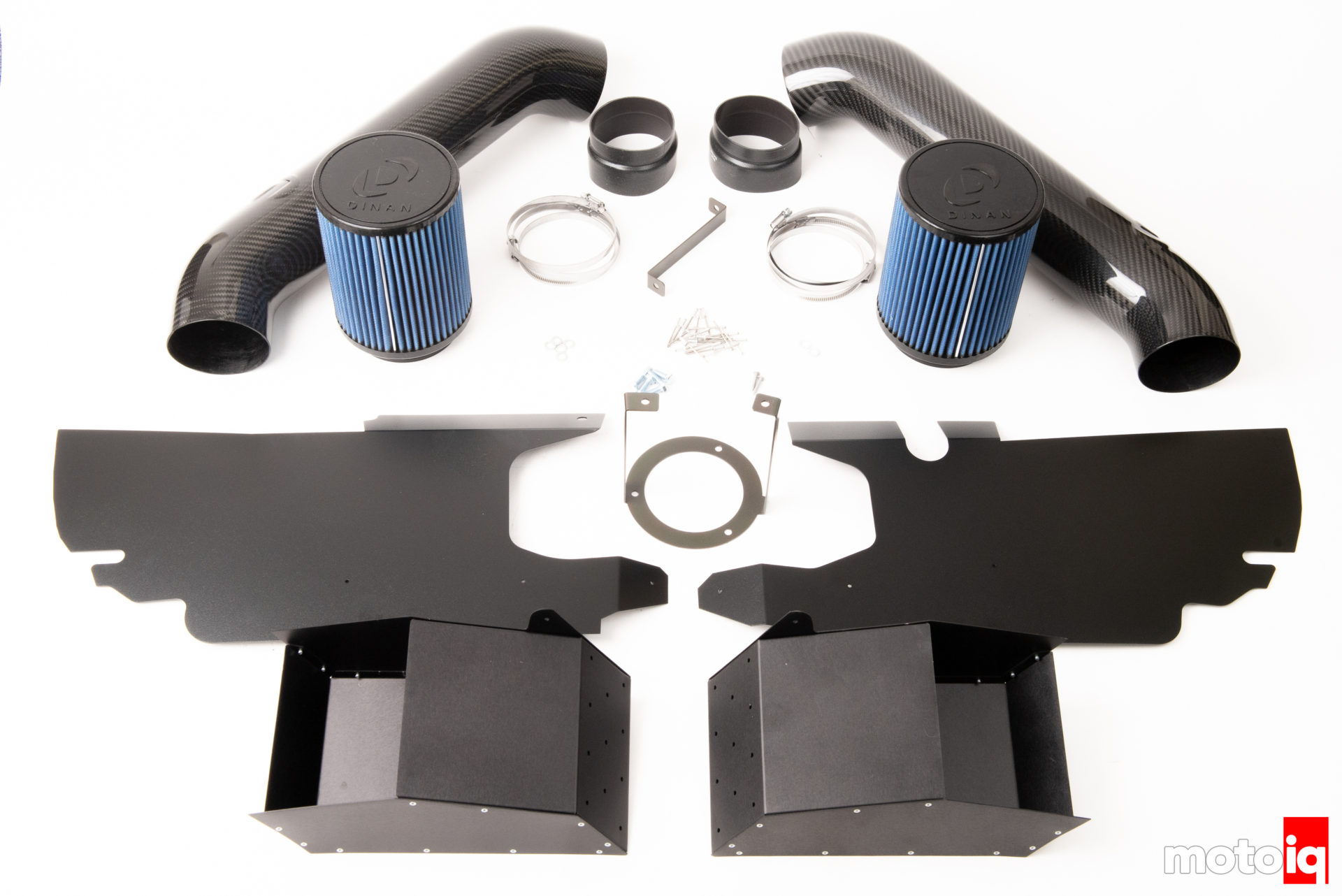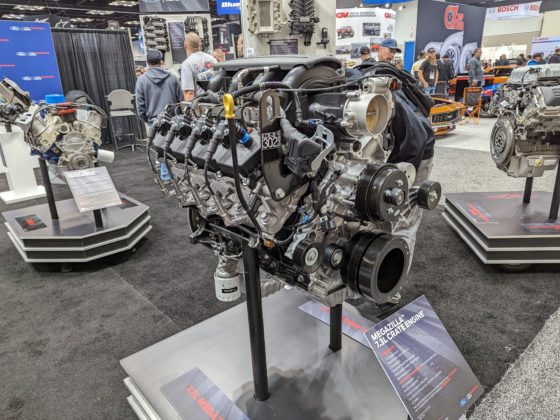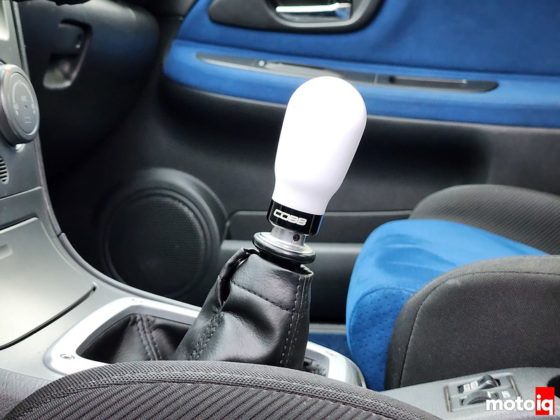
The Dinan bracket bolts right back in using existing factory holes. The Dinan bracket moves the pump downward and rearward.

Next, the core support on the passenger side has to be cut slightly to clear the intake tube. The supplied template is used to mark the area that needs to be cut.

After marking the are that needs to be trimmed with the supplied template we cut it out with an air saw.

A flapper wheel was used to de-burr the cut line.

We used some touch-up paint on the cut edge to prevent rust.




7 comments
Schrick cams and a lightweight flywheel, please. VAC Motorsports has both. They really transform the car.
My experience with rwd & light flywheel, it’s most nticeable in only 1st gear, when revs build up quickly .. it’s less rotary inertia at engine speed accelleration. I found I would spin the tires more easily at take off. It may improve heal-toe shifting, depends on several other things like throttle response. Good cam up grades are winners, have done a few.
Great install write up.
It looks to be very well made, but based on the Dinan site, not sure it’s worth the trouble and expense.
“More Power: + 5 HP @ 7000 RPM, + 4 LB-FT @ 7000 RPM (coupled w/ engine software).”
A BMW M5 is likely to have a good intake already.
We noted that the stock intake was a pretty good design. The biggest part of the equation could be relocating the intake air temp sensor as power drop due to the sensor getting hot is a pretty big deal on these cars.
Out of curiosity, I would measure the air temp entering the manifold , vs at the MAF sensor, after heat soak. If the same, the hot retarded timing may be justifed for engine health?
Big ticket items for low HP return. I should stop crying about Subarus.
Did we ever compare these to the stock intakes
On the dyno? I have the same set up with headers debating adding these.